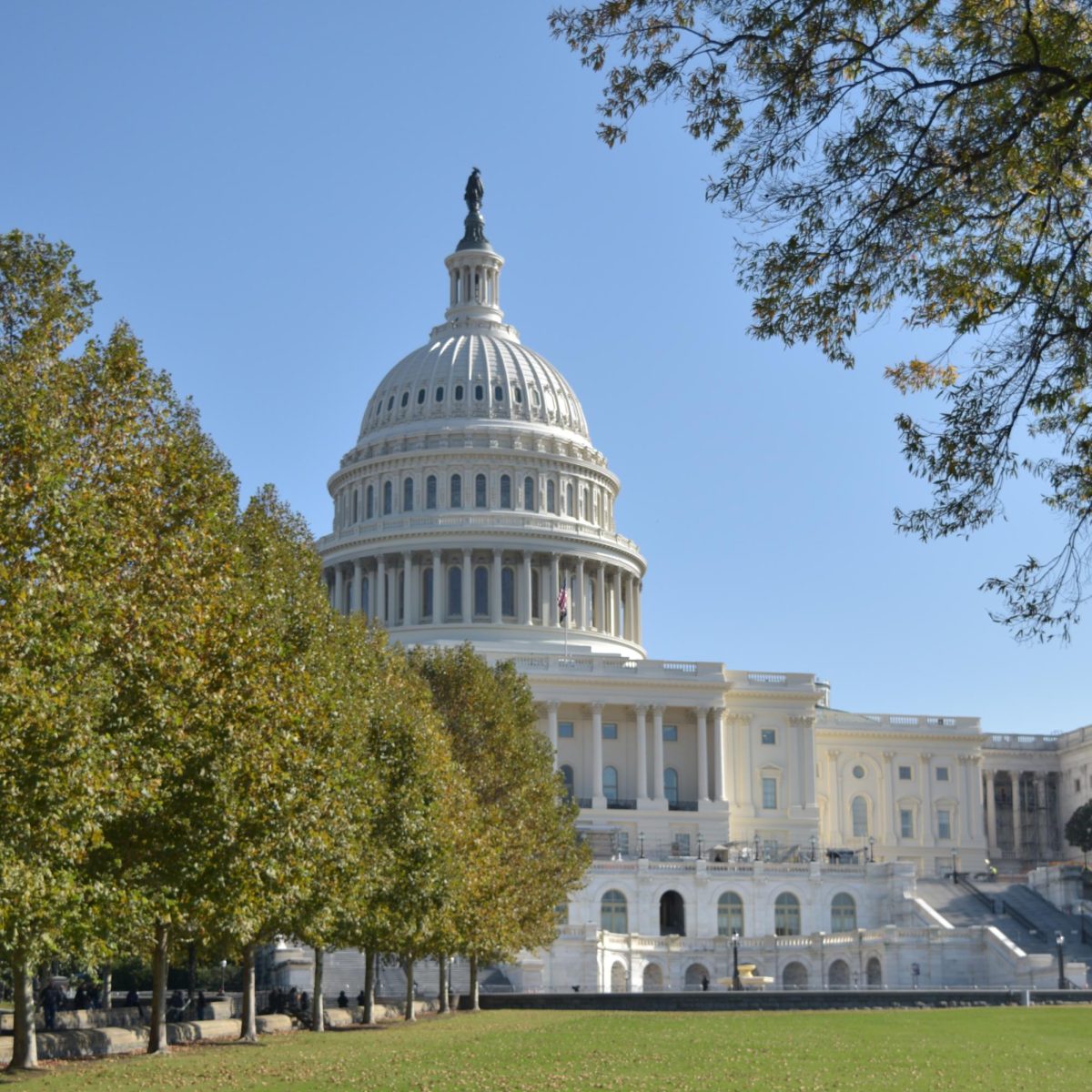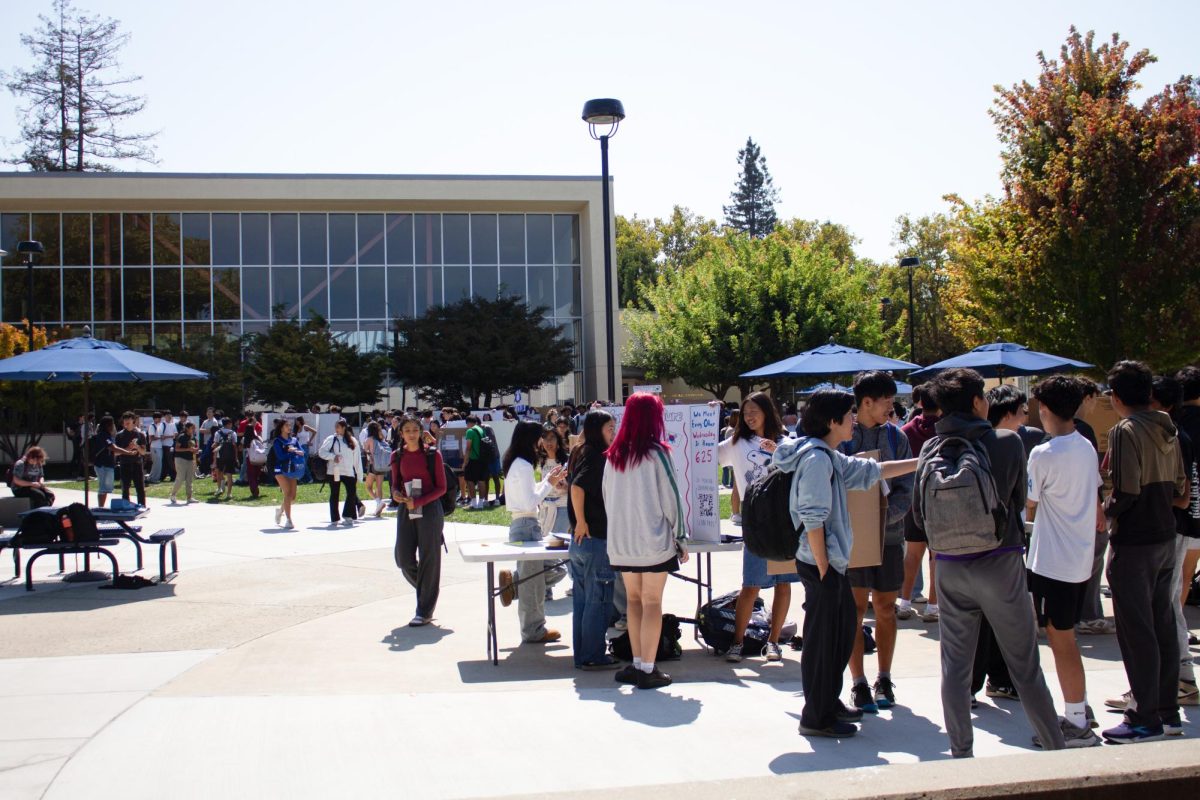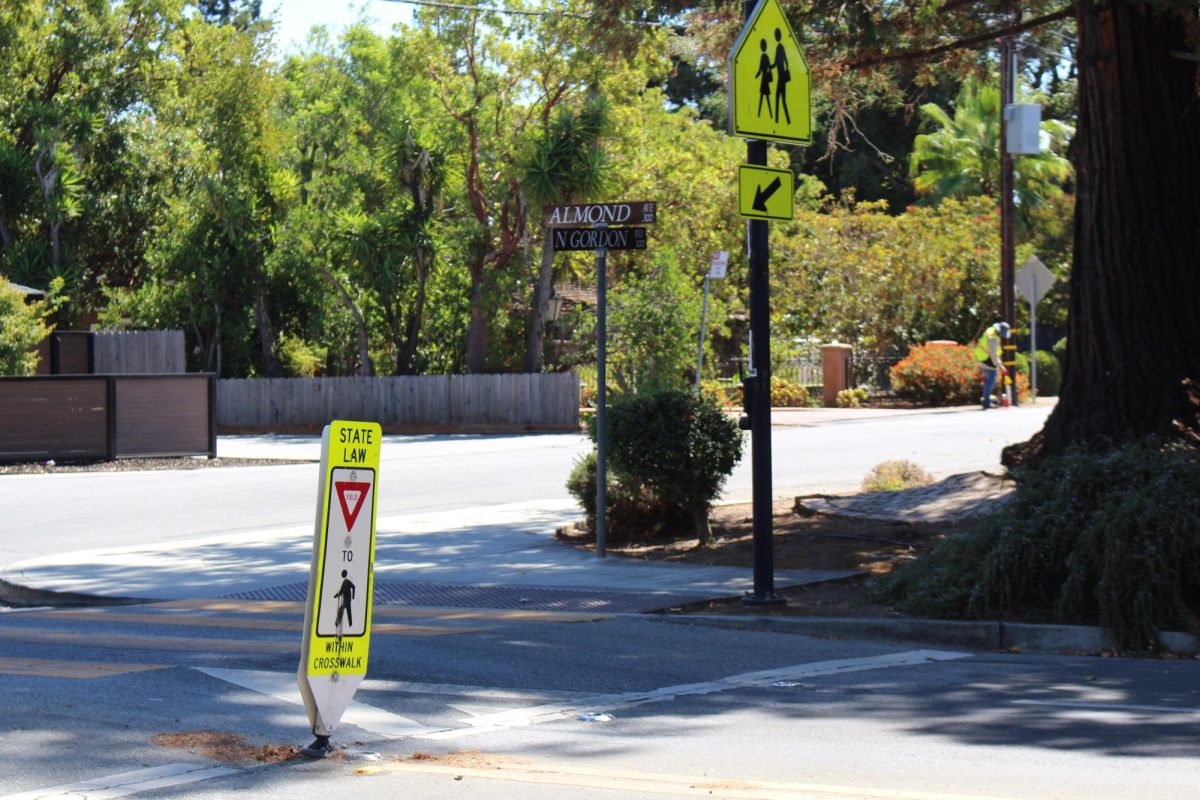Due to the recent crackdown on the colors red and blue by police and schools, gangs have begun to switch their respective colors from red and blue to purple and green. Because of this shift, both Crittenden and Graham Middle Schools prohibit wearing the two new colors in excess, although the policy change has not been implemented at this school.
“One of the newest trends is the addition of green and purple as gang-related colors,” At-Risk Intervention Supervisor for Crittenden Middle School Arturo Noriega said in an e-mail. “This allows students who, due to their actions, have been banned from wearing blue or red to continue to use color to identify them as associated with a particular group.”
Due to this shift, both middle schools collaborated with several agencies and community groups, including the local police departments, to come to the consensus that they would change their policy.
“In light of this new trend, we have modified our requirements for those students who have lost the right to wear gang-related colors,” Noriega said. “We felt it necessary [to] ensure the safety of our schools.”
As to the impact of the colors on LAHS, Principal Wynne Satterwhite says that purple and green have not posed any issues.
“We haven’t seen any correlation with gangs at our school,” Satterwhite said. “The kids I see wearing it are usually seniors and freshman, because [green and purple] are class colors.”
The colors, which were first noticed in San Jose and have spread throughout Bay Area schools, are now potentially unsafe to wear, especially while walking through a neighborhood where gang activity could arise.
“Green is my favorite color, but now I can’t wear it too much because if I walk around my neighborhood in all green they might thing I’m in a gang,” an anoymous male senior said.
As the shift was a response to heightened awareness of blue and red as gang-related, there remains confusion among students and local police as to which gang is wearing which color.
The senior believes that the color-changing is a cycle that might continue to progress; as the police and schools become aware of new colors representing gangs, the colors will be changed.
“It’s sad, because first it was blue and red, and now purple and green,” the senior said. “Next there’s going to be another color, because they’re going to try to find another way to continue their gang without getting in trouble.”
Noriega expects that the colors may at some point require the attention of the administration.
“Should the trend continue, I feel it is only a matter of time before this type of policy reaches the high school level and/or the districts meet to consider a new approach to the dress code policy,” Noriega said.








